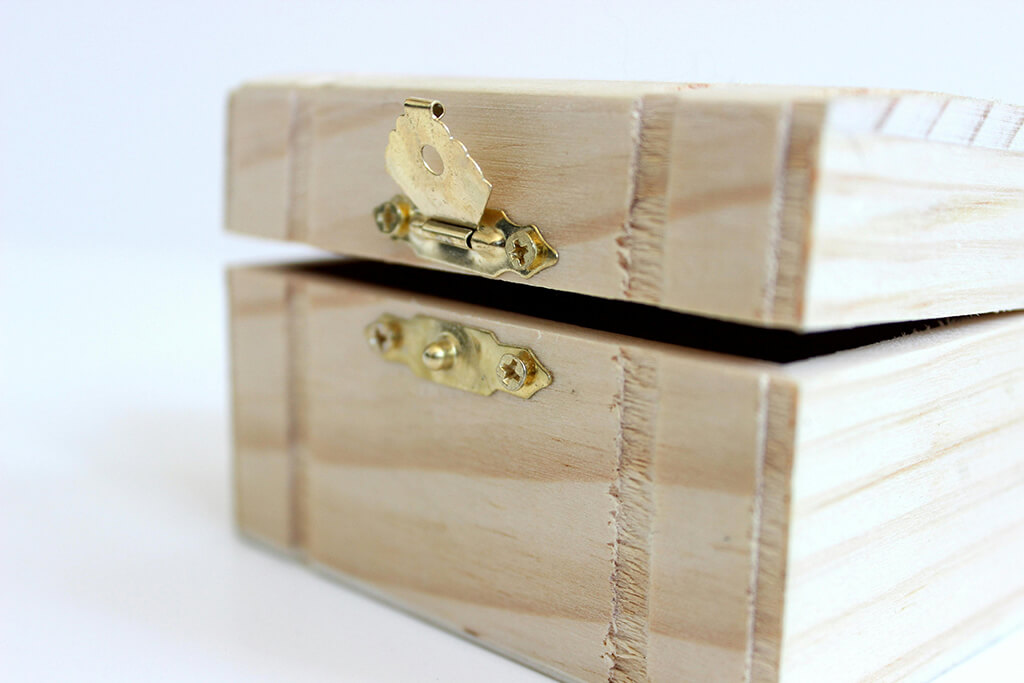Wooden products have been cherished for centuries due to their durability, aesthetic appeal, and versatility. Whether it’s a rustic wood picture frame, a handcrafted jewelry box, or a personalized home decor piece, the journey of a custom wooden product involves multiple steps, from conceptualization to final delivery. Understanding this process provides insight into the craftsmanship and dedication required to create high-quality wooden items tailored to customers’ specifications. In this article, we will explore the entire journey of a custom wooden product, covering design, material selection, craftsmanship, finishing, and delivery.
1. Conceptualizing the Design
Every custom wooden product begins with an idea. Whether the customer has a specific vision or seeks inspiration from existing designs, the conceptualization phase is crucial. Manufacturers work closely with clients to understand their preferences, including size, shape, functionality, and finishing details.
During this phase, digital sketches or hand-drawn designs are created to outline the dimensions and structure of the product. Advanced tools such as 3D modeling software help visualize the final product, allowing for necessary adjustments before production begins. For manufacturers, maintaining a balance between aesthetics, functionality, and feasibility is essential in delivering a satisfactory final product.
2. Selecting the Right Wood Material
Choosing the right wood type plays a critical role in the product’s durability and appearance. Different types of wood offer varying characteristics, making some more suitable for certain projects than others.
Common wood types used for custom wooden products include:
- Hardwood (e.g., oak, walnut, maple) – Known for strength and longevity, ideal for furniture and decorative pieces.
- Softwood (e.g., pine, cedar, fir) – Lighter and more affordable, commonly used for picture frames and storage boxes.
- Bamboo – A sustainable and eco-friendly option that is growing in popularity.
The selection of wood depends on factors like the intended use of the product, the customer’s budget, and aesthetic preferences. Sustainable sourcing is also a growing priority, with many manufacturers opting for responsibly harvested wood to minimize environmental impact.
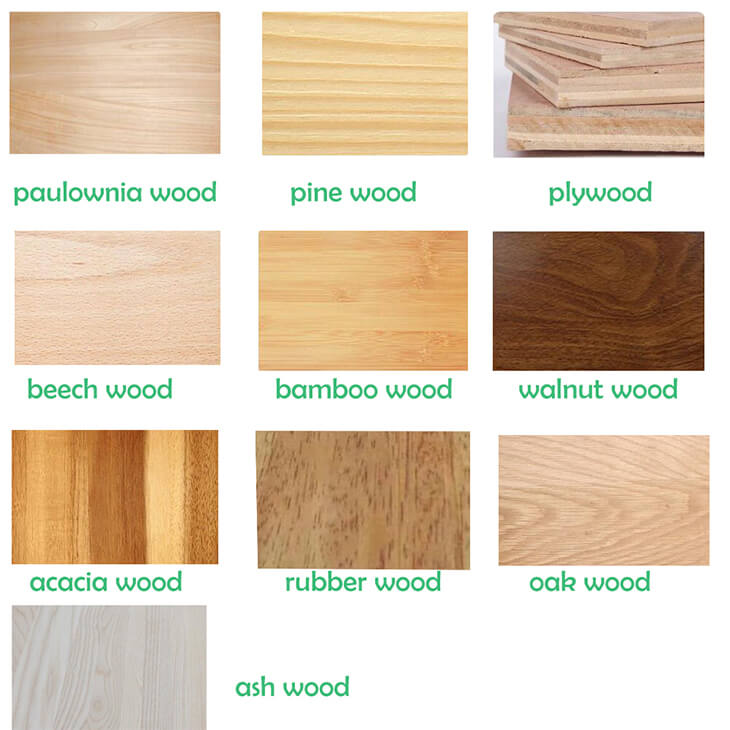
3. Crafting the Product
Once the design is finalized and the wood is selected, the manufacturing process begins. Skilled craftsmen use various techniques to shape, cut, and assemble the product. The production process typically involves:
- Cutting and Shaping – Precision tools, such as CNC machines or hand-carving tools, are used to cut and shape the wooden pieces.
- Joinery Techniques – Different methods, such as dovetail, mortise-and-tenon, or tongue-and-groove joints, are used to ensure durability.
- Customization – Engraving, laser cutting, and carving add unique details, such as personalized names or intricate patterns.
- Sanding and Smoothing – The product undergoes sanding to remove rough edges and imperfections, ensuring a flawless finish.
This stage requires a keen eye for detail and precision to meet the customer’s specifications while maintaining structural integrity and aesthetic appeal.
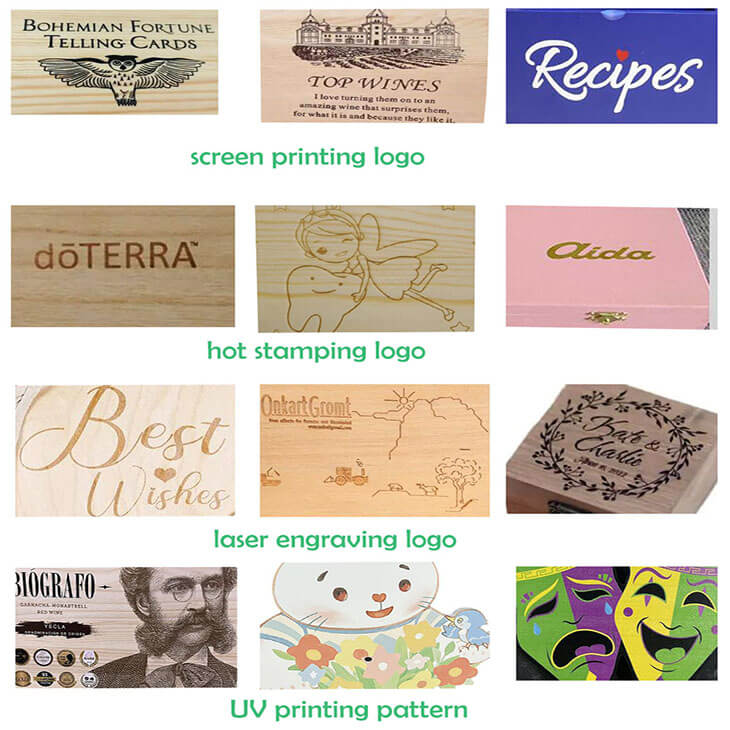
4. Finishing and Quality Control
The finishing process enhances the beauty and longevity of the wooden product. This phase involves staining, painting, or sealing the wood to protect it from moisture, pests, and wear over time.
Common finishing techniques include:
- Staining – Enhances the natural grain and color of the wood.
- Painting – Adds a pop of color or design elements based on customer preferences.
- Varnishing or Sealing – Provides a protective layer against environmental factors.
- Distressing or Whitewashing – Gives a vintage or rustic look, often preferred for farmhouse-style decor.
Quality control is an essential part of this phase. Each product undergoes a thorough inspection to check for imperfections, ensuring it meets the highest standards before moving to the packaging stage.
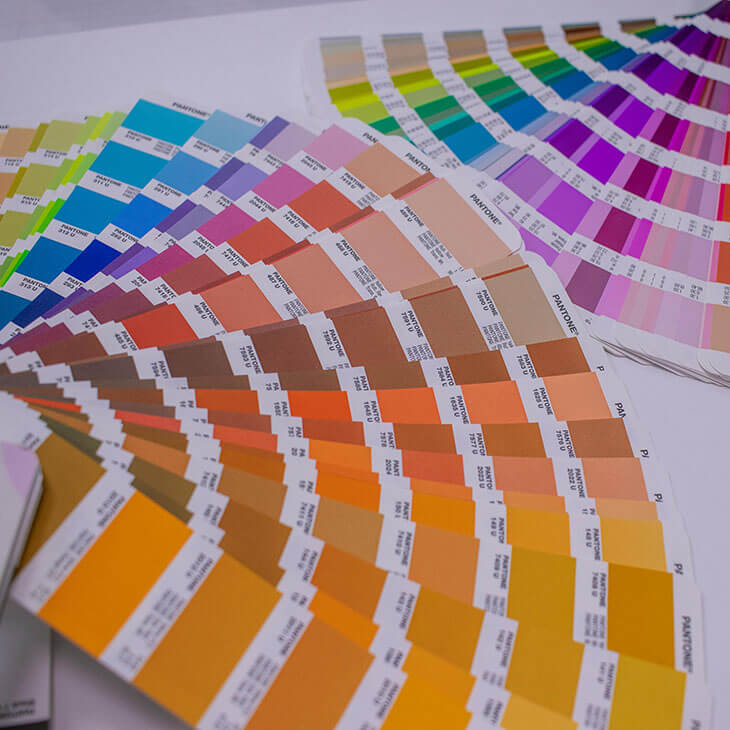
5. Packaging and Delivery
Once the custom wooden product passes quality control, it is carefully packaged for shipping. Proper packaging prevents damage during transit and ensures the product arrives in perfect condition.
Manufacturers typically use eco-friendly packaging materials, such as biodegradable wrapping or recycled cardboard, to align with sustainability practices. Products are securely cushioned and sealed to withstand handling during transportation.
For wholesale and bulk orders, logistics coordination plays a crucial role. Reliable shipping partners ensure timely delivery, whether for domestic or international shipments. Tracking options and customer support further enhance the delivery experience, providing buyers with confidence in their purchase.
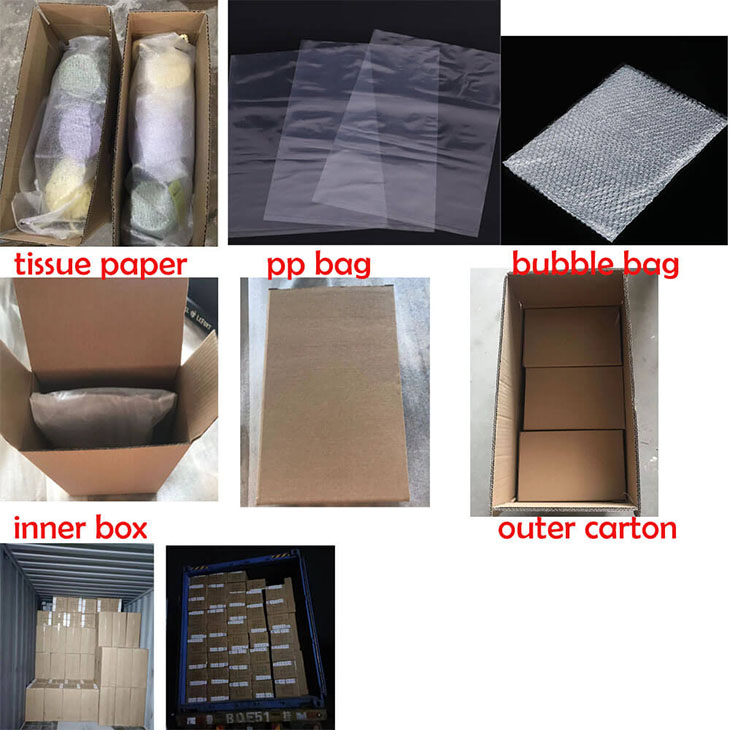
Conclusion
The journey of a custom wooden product is a meticulous process that requires creativity, expertise, and attention to detail. From initial design discussions to selecting premium wood, expert craftsmanship, finishing touches, and secure delivery, each stage plays a significant role in ensuring customer satisfaction. Understanding this journey not only highlights the dedication of manufacturers but also allows customers to appreciate the artistry behind their personalized wooden items. Whether for home decor, gifts, or commercial purposes, custom wooden products continue to be a timeless and valuable choice in the world of craftsmanship.

